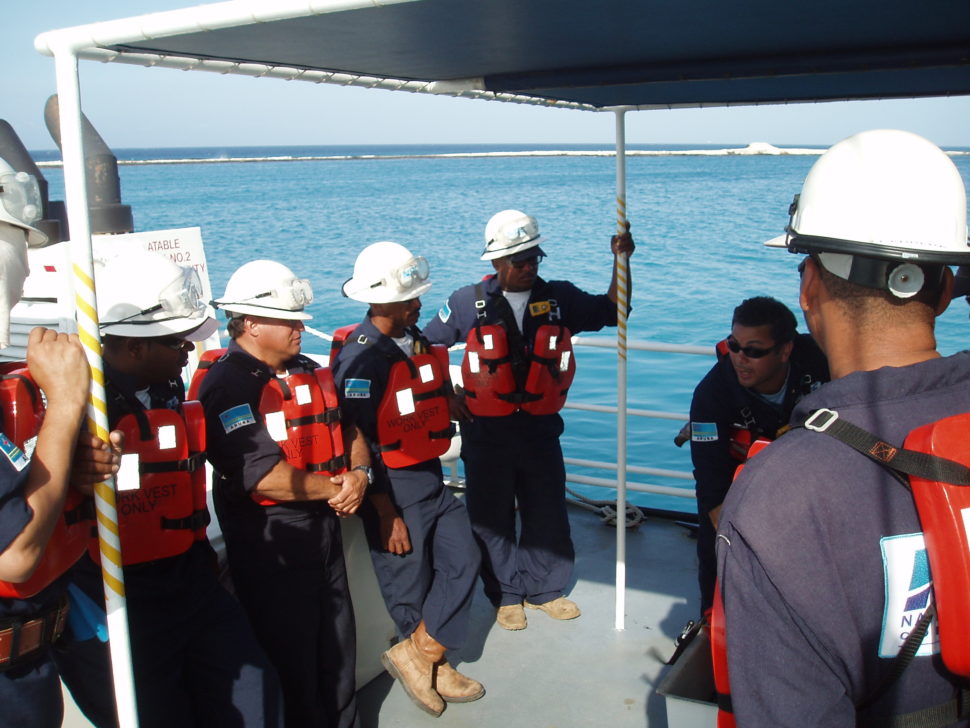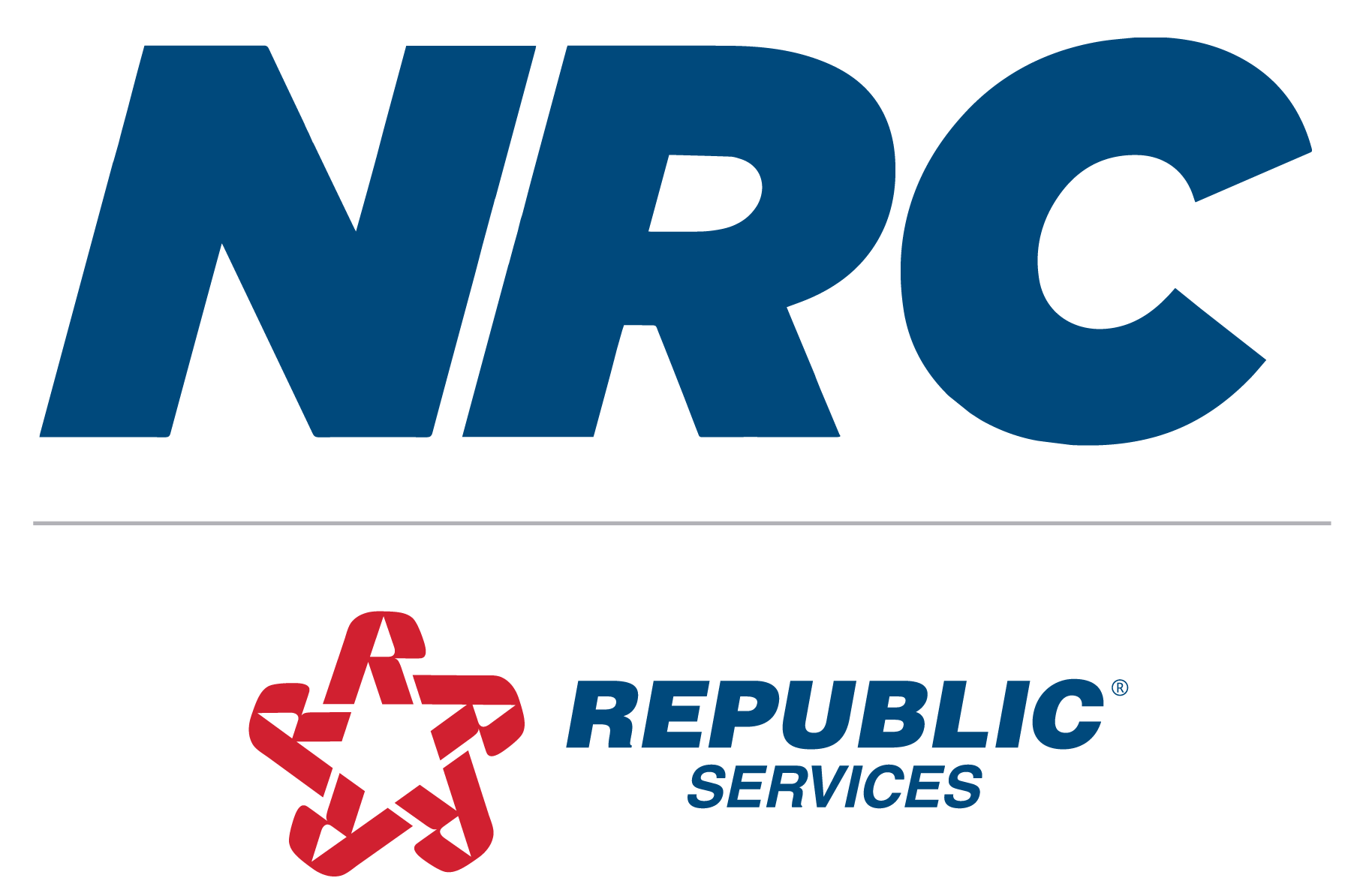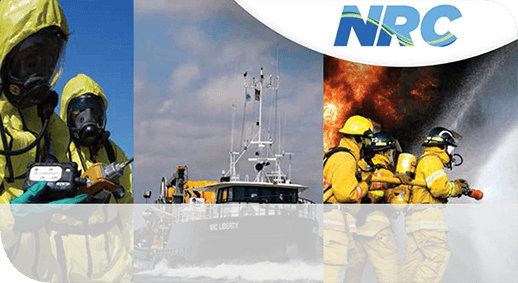
NRC has an unyielding commitment to health and safety, environmental protection, and the provision of high quality services. All NRC International business units and companies are certificated under ISO 9001, ISO 14001 and OSHAS 18001.
NRC maintains positive ratings and approvals with numerous 3rd party auditing systems such as ISNetWorld, Avetta (formerly PICS), and Browz.
NRC Health & Safety Program
NRC is committed to ensuring the health and safety of our employees in the performance of assigned work, giving full regard to evolving industry practices and regulatory requirements.
NRC continuously strives to achieve excellence in health and safety performance and to be recognized as a leader in accident prevention. All employees have the responsibility and accountability for safety performance through active involvement in safety initiatives. Employees are encouraged to raise safety issues and are empowered to make changes.
Our target is ZERO injuries.
Our performance is reflective of our overall safety culture within NRC, which is generally summarized in the following Health & Safety Program description:
- Safety- Fundamental to NRC’s business: Safety is a fundamental core value and is integrated into all that we do.
- Excellence in Health Safety & Environment (HSE): The safety and health of our employees is critical. Our goals are simple: prevent injuries and illness, maintain a healthy workplace, protect and preserve the environment. NRC’s safety program is based on proven program management principles and practices, is designed to support project and office safety through risk assessment and prevention, health and safety plan development; on-site monitoring; incident investigation reporting; and training.
- Our HSE Process: “Plan-Do-Check-Act”: “Plan-Do-Check-Act” methodology works to achieve optimal performance, from start to finish. The process is supported by five major components:
- Policy: A clear, well disseminated HSE Policy is the central focus of the system;
- Planning: A comprehensive Plan of Action that supports the Policy;
- Implementation: Using appropriate resources—human and financial—applied with appropriate procedures and controls;
- Checking and Corrective Action: Continuously monitoring and evaluating HSE controls, and taking corrective actions;
- Management Review: Management leadership is dedicated to ongoing review and improvement of HSE performance.
- Approach to HSE: Striving for best-in-class safety is integrated into our work and part of our continuous improvement goal. NRC’s HS&E Program is based on prevention and efforts to protect our employees so they may return home each day the same way they came to work. Our safety organization has the knowledge, expertise and credentials to effectively guide HSE operations through all phases of a project, from conception and planning through execution and completion. Our HSE Department is responsible for establishing and monitoring conformance throughout the organization with the staff highly qualified in Certified Safety (CSP) and Health (CIH) overseeing the HSE program. Each level of our HSE organization—global, national, division, project and office—has assigned oversight so that operations have immediate, qualified safety support with standard operating procedures.
Our training programs form a foundation, so that employees may safely and efficiently deliver services by incorporating the HSE procedures into their daily work practices. Our employees are continually encouraged to provide their input on projects, at meetings and in training sessions. NRC employees have the AUTHORITY TO STOP WORK being performed and to bring their HSE questions to a Supervisor’s attention. - HSE on Our Projects: Projects involving field work are required to perform a hazard assessment addressing physical and chemical hazards. The hazard assessment is documented, based on project-specific roles, nature of services and analysis of safety risk. Prior to the start of activities, hazard assessments are reviewed and approved by the Project Manager with support from an NRC HSE professional. Depending on the project, our hazard assessments reference the following elements: key personnel and organizational structure, project-specific requirements, control measures, risk assessment, training, safety meetings, hazardous materials, hazard communications, personal protective equipment (PPE), air monitoring, medical surveillance, and discipline.
- Measuring HSE Success: To determine the efficiency of our safety program, we monitor, measure, and report our HSE management system’s performance on a routine basis. Our metrics range beyond analysis of recognized indicators such as incident rates and accident costs and include leading indicators such as near-miss reporting, investigations, and evaluation of training. Through actions and experience, NRC demonstrates that we stand behind our safety commitment across all operations.
Quality Control Program
The purpose of NRC’s Quality Control Program (QCP) is to provide a “roadmap” for achieving operational excellence. The QCP is a series of interrelated processes that focus on establishing and achieving the HSEQ Policy and objectives of NRC.
The QCP recognizes several important management principles adopted by top management as a framework for guiding the organization towards improved performance:
- Customer Focus: Recognition that NRC depends on its customers and it is therefore imperative for current and future requirements to be understood.
- Environmental Aspects and Safety Hazards: Environmental and safety impact is taken into consideration when setting objectives for processes and products.
- Management Commitment: Not only an initial declaration of commitment but a full understanding of the system.
- Employee Involvement: Ensuring that the corporate environment encourages staff to become fully involved in achieving organizational objectives and individual abilities are utilized and nurtured for the company’s benefit.
- Process Approach: Defining activities necessary to achieve objectives and ensuring that activities are managed as a process including control of outsourced processes.
- Continual Improvement: Focuses on enhancing the QCP to achieve improvements in the overall performance of the business consistent with the HSEQ Policy Statement.
- Documented IMS: This identifies the basic methodology by which NRC operates. By evaluating compliance, the company is able to identify areas that need improvement.
- Mutually beneficial relationship between NRC and its suppliers.

 Search
Search Menu
Menu










